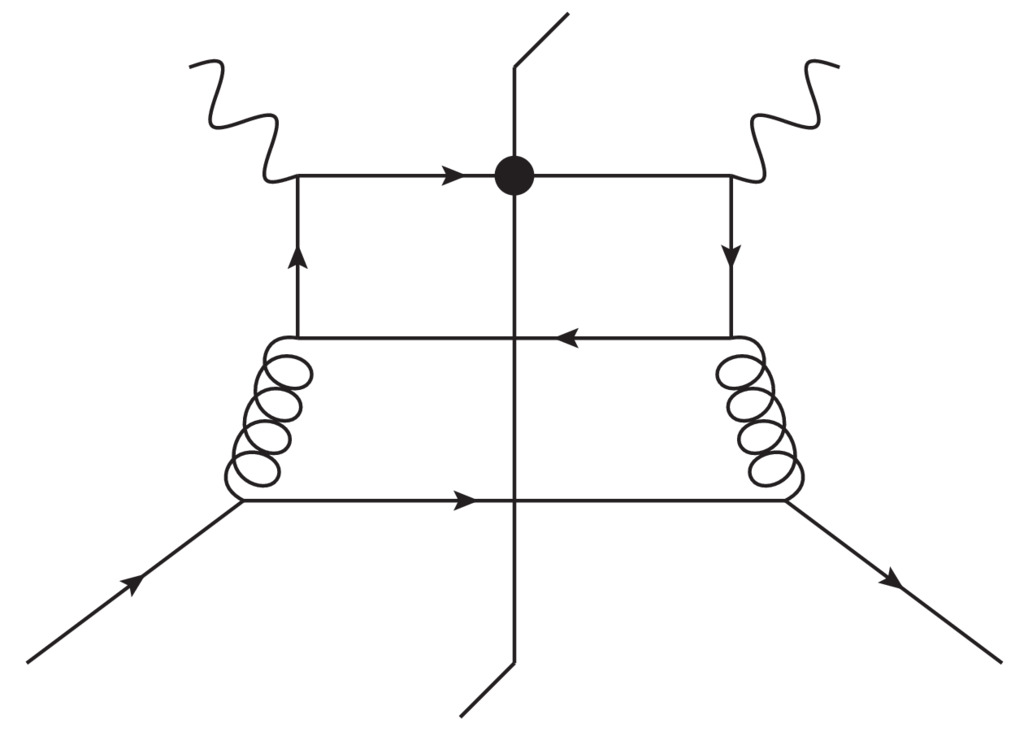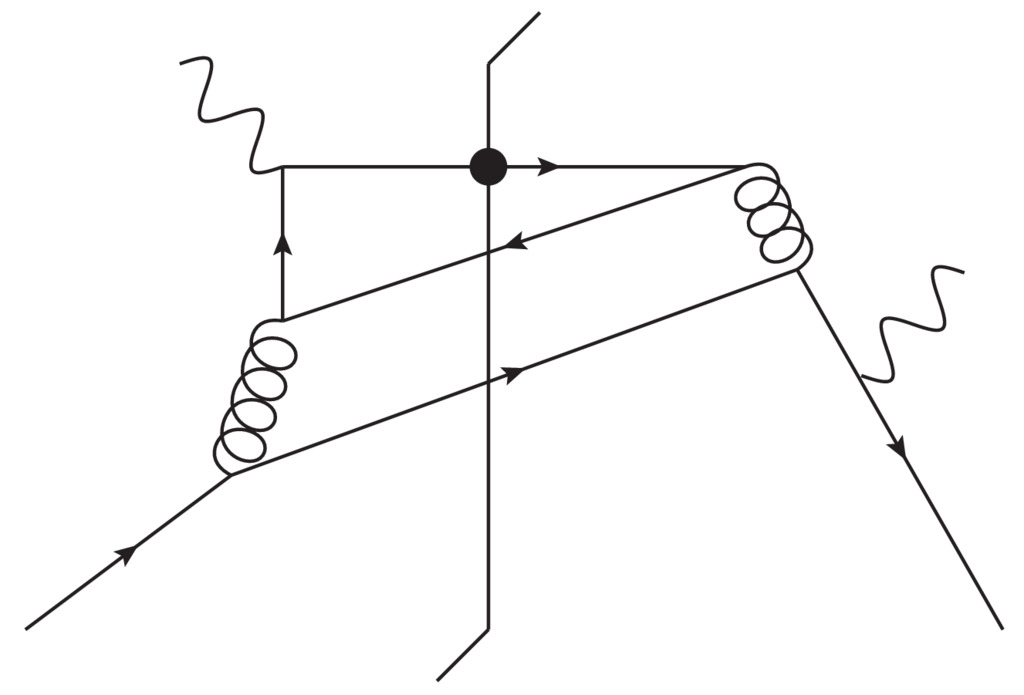Tutorial¶
This documentation explains how to generate the SIDIS cross section:
in units of \({\rm GeV}^{-5}\). Here, \(p_{\rm T}\) is the produced hadron’s transverse momentum in the Breit frame and \(x,z,Q^2\) are the usual kinematical variables.
Getting started¶
- Install Anaconda with python2 in your system which you can get for free at https://www.anaconda.com
- Install lhapdf in your system.
- Open up a terminal. Below
$denotes the terminal prompt. - You will need to make lhapdf reachable from python. For that you need
to set the environment variables
PYTHONPATHandLD_LIBRARY_PATH. For bash it can be done as
export PATH=<path2lhapdf>/bin:$PATH
export PYTHONPATH=$PYTHONPATH:path2lhapdf/lib/python2.7/site-packages/
export LD_LIBRARY_PATH=<lhapdf>/lib
- Alternatively you can place these lines in your
.bashrcfile - Clone the repository from github
git clone git@github.com:JeffersonLab/BigTMD.git
- Go inside the repo directory
cd BigTMD
- Copy the folders
lhapdf/dsshpNLOandlhapdf/dsshmNLOinside to
<path2lhapdf>/share/LHAPDF/
- This will allow you to load DSS07 fragmentation functions from lhapdf
- Run the setup script (this takes some time)
./setup.py
- The script
sidis.pyorchestrates the full NLO calculation for a given kinematic point \(x,Q^2,z,q_{\rm T}=p_{\rm T}/z\) - Use
driver.pyas an example. You can run it simply like
./driver.py
Details¶
In the above, driver.py calls a function sidis.get_xsec from
sidis.py. In turn, sidis.py imports LO.py and the contents of
\(P_g\) and \(P_{pp}\) in the NLO directory. LO.py
contains the leading order cross section directly, while
\(P_g\) and \(P_{pp}\) contain all channels
and charge configurations for the next-to-leading order cross section.
(See citation for explanations of symbols, including
\(P_g\) and \(P_{pp}\).) These functions are of the form
The following table summarizes the various incoming and outgoing parton combinations for the virtual and real contributions.
| channel | virtual | real |
|---|---|---|
| 1 | \(\gamma^*+g \to(q\to h)+\bar{q}\) | \(\gamma^*+g \to(q\to h)+\bar{q}+g\) |
| 2 | \(\gamma^*+q \to(q\to h)+g\) | \(\gamma^*+q \to(q\to h)+g+g\) |
| \(\gamma^*+q \to(q \to h)+q'+\bar{q}'\) | ||
| 3 | \(\gamma^*+q \to(g\to h)+q\) | \(\gamma^*+q \to(g \to h)+q+g\) |
| 4 | \(\gamma^*+g \to(g \to h) +q +\bar{q}\) | |
| 5 | \(\gamma^*+q \to(\bar{q}\to h)+ q + \bar{q}\) | |
| 6 | \(\gamma^*+q\to(q' \to h)+q+\bar{q}\) |
The channels are organized such that IR singularities of the virtual
contribution matches with those from the real contributions. \(\gamma^*\) is the
virtual photon, \(g\) is a gluon, \(q\) and \(q\) denote different
quark flavors, and \(\bar{q}\) and \(\bar{q}'\) are the antiparticles
of \(q\) and \(q'\) respectively. \(f \to h\) means it is the
parton of flavor “math:f that hadronizes. For example,
refers to graphs with 3 unobserved real
emissions where a target quark leads to a hadronizing final state
gluon and an unobserved quark and gluon. The correspondence between
real and virtual graphs is in the sense of Table I of citation.
By charge configuration we mean whether the photon couples
directly to the charge of a target (anti)quark. A charge configuration
\(A\) is when the photon couples directly to the quark flavor in the
pdf,

configuration \(C\) is when it does not,

and \(B\) is an interference between two such cases. See Fig.``chgcon`` for examples.
